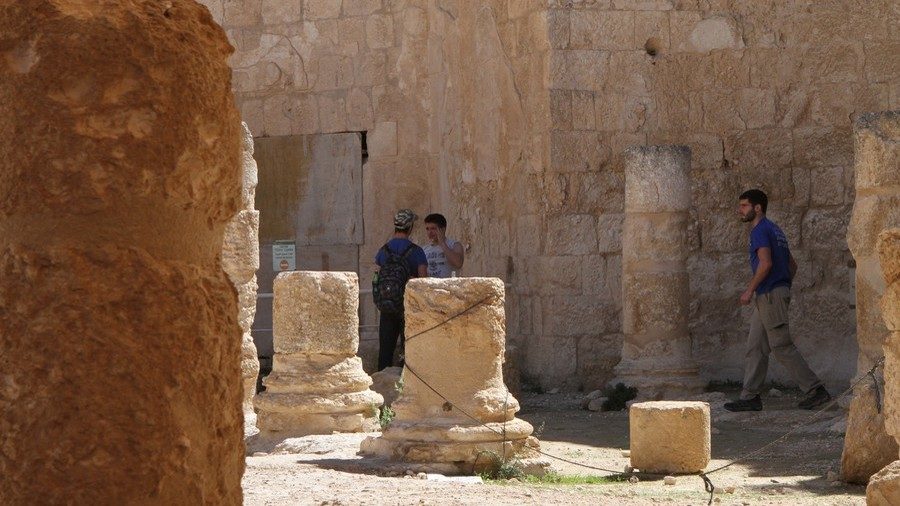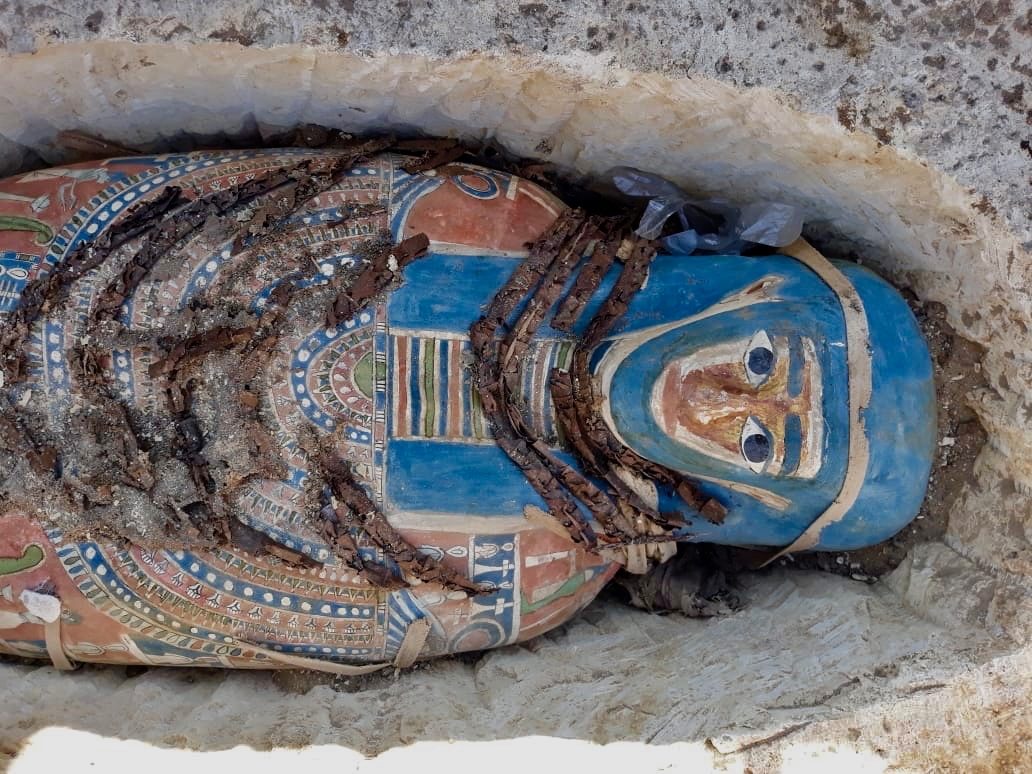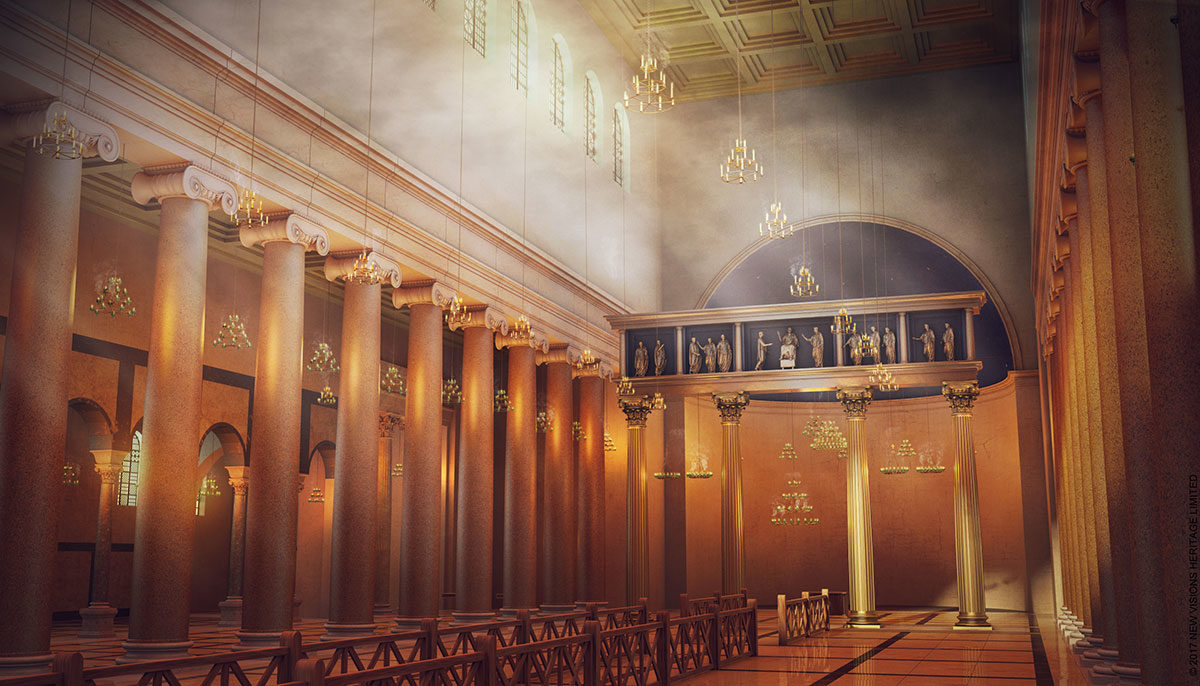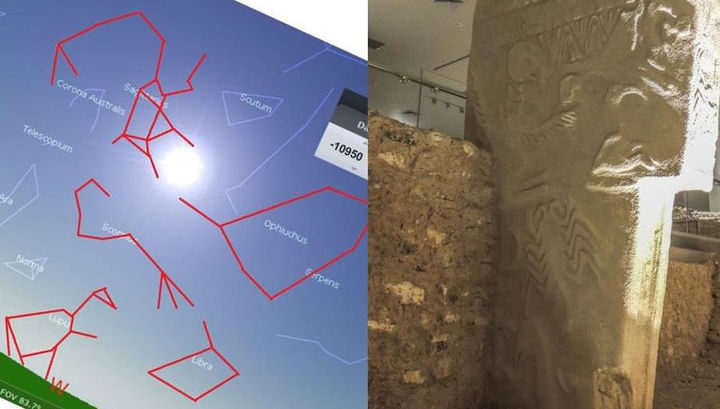OF THE
TIMES
"An official British investigation into two trailers found in northern Iraq has concluded they are not mobile germ warfare labs, as was claimed by Tony Blair and President George Bush, but were for the production of hydrogen to fill artillery balloons, as the Iraqis have continued to insist.
The conclusion by biological weapons experts working for the British Government is an embarrassment for the Prime Minister, who has claimed that the discovery of the labs proved that Iraq retained weapons of mass destruction and justified the case for going to war against Saddam Hussein.
Instead, a British scientist and biological weapons expert, who has examined the trailers in Iraq, told The Observer last week: 'They are not mobile germ warfare laboratories. You could not use them for making biological weapons. They do not even look like them. They are exactly what the Iraqis said they were - facilities for the production of hydrogen gas to fill balloons'".




Comment: PTB: Inconvenient truths = inconvenient lives.